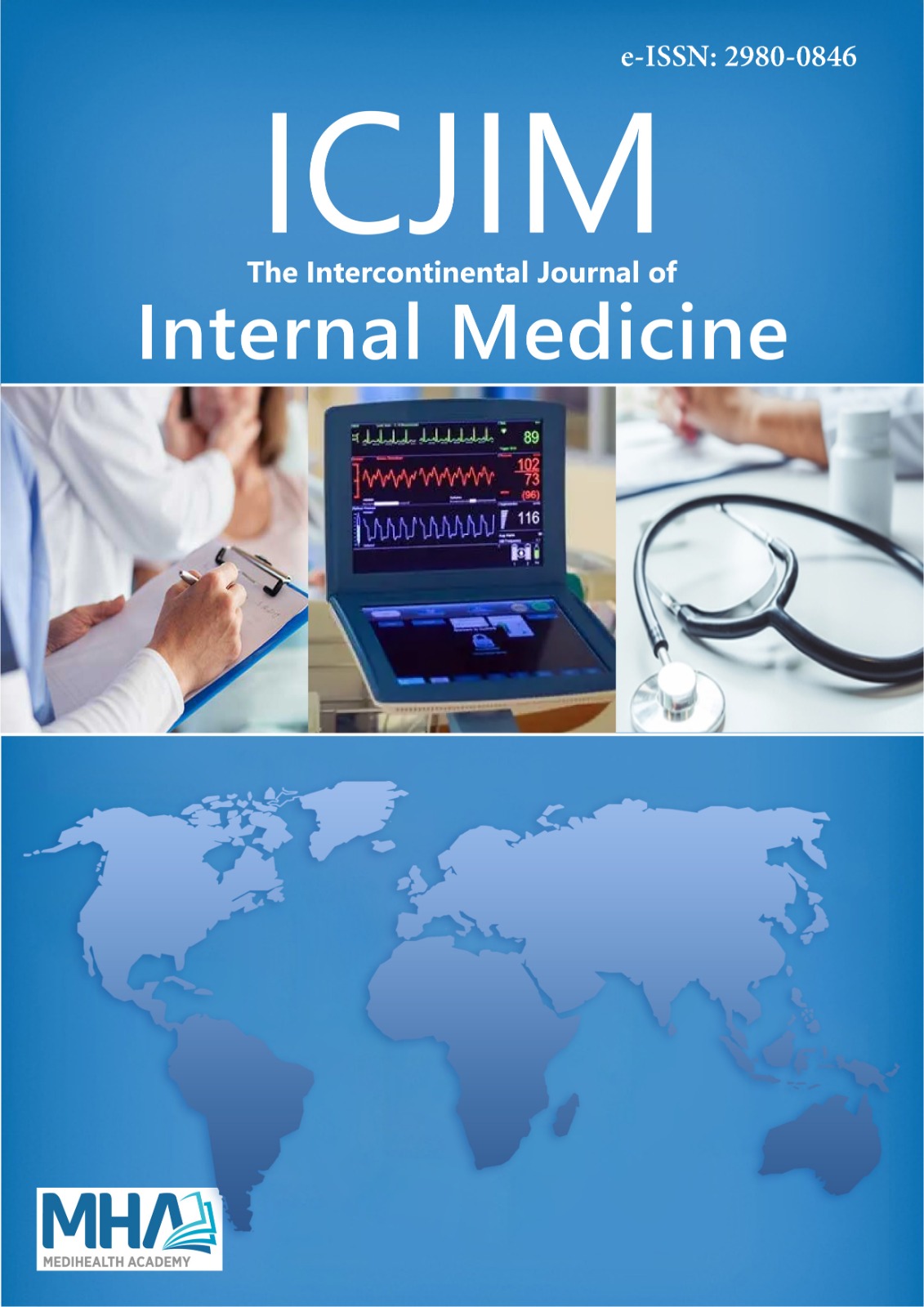1. Saklayen MG. The global epidemic of the metabolic syndrome. Curr Hypertens Rep. 2018;20(2):1-8.
2. Fahed G, Aoun L, Bou Zerdan M, et al. Metabolic syndrome: updates on pathophysiology and management in 2021. Int J Molecul Sci. 2022;23(2): 786.
3. Kopp HP, Kopp CW, Festa A, et al. Impact of weight loss on inflammatory proteins and their association with the insulin resistance syndrome in morbidly obese patients. Arter Thromb Vasc Biol. 2003; 23(6):1042-1047.
4. Rochlani Y, Pothineni NV, Kovelamudi S, Mehta JL. Metabolic syndrome: pathophysiology, management, and modulation by natural compounds. Ther Adv Cardiovasc Dis. 2017;11(8):215-225.
5. Ridker PM, Hennekens CH, Buring JE, Rifai N. C-reactive protein and other markers of inflammation in the prediction of cardiovascular disease in women. N Engl J Med. 2000;342(12):836-843.
6. Mutch NJ, Wilson HM, Booth NA. Plasminogen activator inhibitor-1 and haemostasis in obesity. Proc Nutr Soc. 2001;60(3):341-347.
7. Haffner SM, D’Agostino Jr R, Mykkanen L, et al. Insulin sensitivity in subjects with type 2 diabetes. Relationship to cardiovascular risk factors: the insulin resistance atherosclerosis study. Diabetes Care. 1999;22(4):562-568.
8. Aboonabi A, Meyer RR, Singh I. The association between metabolic syndrome components and the development of atherosclerosis. J Hum Hypertens. 2019;33(12):844-855.
9. Nieuwdorp M, Stroes ES, Meijers JC, Büller H. Hypercoagulability in the metabolic syndrome. Curr Opin Pharmacol. 2005;5(2):155-159. doi: 10.1016/j.coph.2004.10.003
10. Abacı A, Kılıçkap M, Göksülük H, et al. Türkiye’de metabolik sendrom sıklığı verileri: kardiyovasküler risk faktörlerine yönelik epidemiyolojik çalışmaların sistematik derleme, meta-analiz ve meta-regresyonu. Turk Kardiyol Dern Ars. 2018;46(7):591-601.
11. Gundogan K, Bayram F, Gedik V, et al. Metabolic syndrome prevalence according to ATP III and IDF criteria and related factors in Turkish adults. Arch Med Sci. 2013;9(2):243-253.
12. McCracken E, Monaghan M, Sreenivasan S. Pathophysiology of the metabolic syndrome. Clin Dermatol. 2018;36(1):14-20.
13. Onat A, Sansoy V. Halkımızda koroner hastalığın baş suçlusu metabolik sendrom: sıklığı, unsurları, koroner risk ile ilişkisi ve yüksek risk kriterleri. Turk Kardiyol Dern Ars. 2002;30(1):8-15.
14. Kozan O, Oguz A, Abaci A, et al. Prevalence of the metabolic syndrome among Turkish adults. Eur J Clin Nutr. 2007;61(4):548-553.
15. Teo K, Chow CK, Vaz M, Rangarajan S, Yusuf S. PURE investigators-writing group. The prospective urban rural epidemiology (PURE) study: examining the impact of societal influences on chronic noncommunicable diseases in low-, middle-, and high-income countries. Am Heart J. 2009;158(1):1-7.
16. Tabatabaie AH, Shafiekhani M, Nasihatkon AA, et al. Prevalence of metabolic syndrome in adult population in Shiraz, southern Iran. Diabetes Metab Syndr. 2015;9(3):153-156.
17. Sharifi F, Mousavinasab SN, Saeini M, Dinmohammadi M. Prevalence of metabolic syndrome in an adult urban population of the west of Iran. Exp Diabetes Res. 2009;2009:136501.
18. Weisberg SP, McCann D, Desai M, Rosenbaum M, Leibel RL, Ferrante AW Jr. Obesity is associated with macrophage accumulation in adipose tissue. J Clin Invest. 2003;112(12):1796-1808.
19. Black PH. The inflammatory response is an integral part of the stressresponse; implications for atherosclerosis, insülin resistance, type II diabetes and metabolic syndrom. Brain Behav Immun. 2003;17(5): 350-364.
20. Malik S, Wong ND, Franklin S, Pio J, Fairchild C, Chen R. Cardiovascular disease in U.S. patients with metabolic syndrome, diabetes, and elevated C-reactive protein. Diabetes Care. 2005;28(3): 690-693. doi: 10.2337/diacare.28.3.690
21. Alessi MC, Juhan-Vague I. Metabolic syndrome, haemostasis and thrombosis. Thromb Haemost. 2008;99(6):995-1000. doi: 10.1160/TH07-11-0682
22. Imperatore G, Riccardi G, Iovine C, Rivellese AA, Vaccaro O. Plasma fibrinogen: a new factor of the metabolic syndrome. Diabetes Care. 1998;21(4):649-654.
23. Khunger JM, Kumar N, Punia VPS, Malhotra MK. Study of prothrombotic changes in metabolic syndrome. Indian J Hematol Blood Transfus. 2020;36(4):695-699. doi: 10.1007/s12288-020-01291-y
24. Habib S, Murakam, T, Takyar V, et al. The impact of metabolic syndrome on the prognosis of high-risk alcoholic hepatitis patients: redefining alcoholic hepatitis. Gastroenterol Res. 2023;16(1):25-36.

